Introduction to Wedding Invitation Design
What is Wedding Invitation Design?
Wedding invitation design encompasses the creation of the visual and textual components of a wedding invitation. It involves choosing the right paper, typography, colors, graphics, and layout to convey the theme and mood of the wedding.
Key elements include:
- Typography: Selection of fonts that reflect the wedding’s style (e.g., classic, modern, rustic).
- Color Scheme: Matching the invitation colors with the wedding palette.
- Graphics and Imagery: Use of illustrations, patterns, and photos that represent the couple’s personality and wedding theme.
- Layout and Composition: Arranging the text and images in a visually appealing and balanced manner.
Importance of a Well-Designed Wedding Invitation
A well-designed wedding invitation is more than just a piece of paper with event details; it’s a visual representation of the couple’s big day.
Here are the key reasons why it is important:
- First Impression: The invitation is the first glimpse guests get of the wedding. It sets the tone and expectations for the event.
- Reflects the Couple’s Personality: Through design elements, the invitation showcases the couple’s style and personality, whether it’s elegant, whimsical, or rustic.
- Conveys Key Information: A clear and organized design ensures that all necessary details (date, time, venue, dress code) are easily readable and accessible.
- Creates Anticipation: A beautifully designed invitation builds excitement and anticipation among guests, making them look forward to the event.
- Keepsake Value: A unique and well-crafted invitation often becomes a cherished keepsake for the couple and their guests.
PRO TIP: Consider incorporating elements that are unique to your relationship or story as a couple. This could be a custom monogram, a map of significant locations, or a favorite quote. These personalized touches make the invitation more meaningful.
Designing Personalized Wedding Invitations
Creating personalized wedding invitations involves integrating custom elements that reflect the couple’s individuality and the unique aspects of their wedding.
Here are some tips to achieve this:
- Custom Illustrations: Commission an artist to create illustrations of the venue, the couple, or symbolic elements that are meaningful to the couple.
- Monograms and Logos: Design a custom monogram or logo that can be used across all wedding stationery.
- Unique Materials: Consider using non-traditional materials such as wood, acrylic, or fabric for a unique touch.
- Interactive Elements: Add interactive elements like a detachable RSVP card, a map, or a timeline of the couple’s journey together.
PRO TIP: Always order a sample before committing to a large print run. This allows you to see the colors, textures, and overall design in person, ensuring everything meets your expectations.
Personalized wedding invitations card design is a vital aspect of wedding planning that requires attention to detail and creativity. A well-designed invitation not only provides essential information but also reflects the couple’s personality and sets the tone for the entire event. By focusing on personalization and thoughtful design, couples can create memorable invitations that will be cherished by their guests.
Choosing a Wedding Invitation Designer – Factors to Consider
Selecting the right wedding invitation designer is crucial to ensure your invitations reflect your vision and style.
Here are key factors to consider:
- Portfolio and Style:
- Review the designer’s portfolio to ensure their style aligns with your vision.
- Look for versatility and a range of designs that demonstrate their ability to create unique, personalized wedding invitations.
- Experience and Expertise:
- Consider designers with experience in wedding invitations as they will be familiar with trends and best practices.
- An experienced designer can provide valuable insights and suggestions to enhance your invitations.
- Customizability:
- Ensure the designer is open to customization and can incorporate your specific ideas and preferences.
- Check if they offer bespoke services or if they only work with templates.
- Budget:
- Understand the designer’s pricing structure and ensure it fits within your budget.
- Ask about any additional costs for revisions, rush orders, or special materials.
- Communication and Collaboration:
- Choose a designer who communicates clearly and responds promptly.
- Good collaboration is essential to bring your vision to life and make the process enjoyable.
- Reviews and Recommendations:
- Read reviews and testimonials from previous clients to gauge their satisfaction.
- Personal recommendations from friends or family can also be valuable.
PRO TIP: Arrange a consultation with potential designers to discuss your ideas and see how well they understand your vision. This meeting can also give you a sense of their professionalism and working style.
Benefits of Hiring a Professional Personalized Wedding Invitations Designer
Hiring a professional wedding invitation designer offers several advantages:
- Expertise in Design and Trends:
- Professional designers have a deep understanding of design principles and current trends.
- They can provide creative ideas and innovative solutions to make your invitations stand out.
- Quality and Attention to Detail:
- A professional ensures high-quality materials and printing techniques, resulting in elegant and polished invitations.
- They pay attention to every detail, from typography to color matching, ensuring a cohesive and beautiful design.
- Time and Stress Management:
- Designing wedding invitations can be time-consuming and stressful. A professional handles all aspects, saving you time and reducing stress.
- They manage the entire process, from initial design to final printing, allowing you to focus on other wedding preparations.
- Customization and Personalization:
- Professionals excel at creating personalized wedding invitations that reflect your unique style and story.
- They can incorporate custom elements such as monograms, illustrations, and special materials to make your invitations truly one-of-a-kind.
- Professional Advice and Guidance:
- Designers provide expert advice on design choices, paper selection, and printing options.
- They guide you through the process, helping you make informed decisions and avoid common pitfalls.
PRO TIP: Clearly communicate your vision, preferences, and budget constraints to your designer from the outset. Providing detailed feedback and being open to their suggestions can result in a more successful collaboration and a final product that exceeds your expectations.
Choosing the right wedding invitation designer involves careful consideration of their portfolio, experience, and ability to customize your invitations. Hiring a professional designer offers numerous benefits, including expertise, quality, and a stress-free experience, ensuring your wedding invitations with venue sketch are beautifully crafted and perfectly reflect your special day.
Latest Trends and Styles in Personalized Wedding Invitation Design
The world of wedding invitation design is continuously evolving, with new trends emerging to reflect contemporary tastes and preferences. Here are some of the latest trends in personalized wedding invitations:
- Minimalist Designs:
- Emphasizing simplicity with clean lines, ample white space, and understated elegance.
- Focus on typography and subtle design elements rather than elaborate graphics.
- Eco-Friendly Invitations:
- Use of sustainable materials such as recycled paper, plantable paper, and natural inks.
- Invitations that double as eco-friendly keepsakes, like seed paper that guests can plant.
- Bold Typography:
- Use of striking and oversized fonts to make a statement.
- Combining different fonts for a dynamic and modern look.
- Watercolor and Hand-Painted Elements:
- Incorporation of watercolor backgrounds and hand-painted illustrations.
- Adds a personal, artistic touch to the invitations.
- Interactive Invitations:
- Invitations with interactive elements such as pop-ups, sliders, and fold-outs.
- Creates a memorable experience for guests and adds an element of surprise.
PRO TIP: Consider the theme and setting of your wedding when choosing a design style. For example, a minimalist design might suit a modern city wedding, while watercolor elements could be perfect for a garden or beach ceremony.
Popular Design Elements
In addition to overall styles, certain design elements have become popular for personalized wedding invitations. These elements help to add uniqueness and a personal touch to the invitations:
- Custom Illustrations:
- Personalized drawings of the couple, venue, or significant symbols.
- Adds a bespoke element that is unique to each wedding.
- Foil Stamping:
- Use of metallic foils (gold, silver, rose gold) to highlight text or design elements.
- Creates a luxurious and elegant look.
- Envelope Liners:
- Decorative liners inside the envelopes that match the invitation design.
- Adds a surprise element when guests open the invitation.
- Monograms and Logos:
- Custom monograms or logos that represent the couple.
- Can be used across all wedding stationery for a cohesive look.
- Texture and Layers:
- Use of textured paper, vellum overlays, and layered elements.
- Adds depth and a tactile experience to the invitations.
Popular Design Elements in Personalized Wedding Invitations
| Design Element | Description | Benefits |
| Custom Illustrations | Personalized drawings unique to the couple and their wedding | Adds a unique, bespoke touch |
| Foil Stamping | Metallic foils used to highlight text or design elements | Creates a luxurious, elegant look |
| Envelope Liners | Decorative liners inside the envelopes | Adds a surprise and cohesive element |
| Monograms and Logos | Custom monograms or logos representing the couple | Ensures a consistent design across all wedding stationery |
| Texture and Layers | Use of textured paper, vellum overlays, and layers | Adds depth and a tactile experience |
PRO TIP: When incorporating multiple design elements, ensure they complement each other and do not overwhelm the overall design. A balanced approach results in a sophisticated and cohesive look.
Staying updated with the latest trends and popular design elements in personalized wedding invitations can help you create memorable and unique invitations that reflect your style and the theme of your wedding. Whether you prefer minimalist designs or intricate details, the key is to personalize the invitations to make them truly special for your big day.
Step-by-Step Process of Designing Wedding Invitations from Consultation to Delivery
Designing wedding invitations involves several stages, each crucial to creating a final product that meets the couple’s vision.
Here is a detailed, step-by-step process:
- Initial Consultation:
- Discussion: The process begins with a meeting between the couple and the designer to discuss ideas, preferences, and themes.
- Inspiration: The couple shares their wedding details, such as colors, themes, and styles, along with any inspiration boards or examples they like.
- Proposal and Quote:
- Design Proposal: The designer presents a design proposal based on the initial consultation, outlining the concept, style, and estimated timeline.
- Cost Estimate: A detailed quote is provided, including costs for design, materials, printing, and any additional services.
- Concept Development:
- Mood Board: The designer reviews mood boards and Pinterest boards created by the client and/or planner to get a feel for the aesthetic.
- Initial Sketches: Preliminary sketches or digital mockups of the invitation are created to visualize the design.
- Design Creation:
- Detailed Design: Based on feedback from the concept development stage, the designer creates a detailed design of the invitation.
- Revisions: The couple reviews the design and requests any changes or adjustments. Multiple rounds of revisions may be needed to perfect the design.
- Final Approval:
- Proofs: Once the design is finalized, the designer provides digital or printed proofs for final approval.
- Sign-Off: The couple gives their final approval, confirming that all details are correct and the design meets their expectations.
- Printing and Production:
- Material Selection: The designer selects the appropriate materials, such as paper type, envelopes, and any additional elements like foil stamping or embossing.
- Printing: The invitations are sent to print, ensuring high-quality production and attention to detail.
- Quality Check:
- Inspection: The designer conducts a thorough quality check to ensure the invitations are beautiful and as expected.
- Corrections: If any issues are found, corrections are made before the final batch is prepared for delivery. It’s important to remember that any errors in an approved proof are the client’s responsibility, so fees may apply if reprints are needed.
- Delivery:
- Packaging: The invitations are carefully packaged to prevent damage during transit.
- Shipping: The final product is delivered to the couple, either through shipping services or in-person pickup.
PRO TIP: Always allow ample time for each stage of the process, especially for revisions and printing, to avoid last-minute stress or delays.
Collaboration Between Wedding Invitations Designer and Client
Effective collaboration between the map wedding invitations designer and the client is essential to ensure the wedding invitations meet the couple’s vision and expectations.
Here are key aspects of this collaboration:
- Clear Communication:
- Maintain open lines of communication throughout the process. Regular updates and feedback sessions help keep the project on track.
- Use clear and specific language when providing feedback to avoid misunderstandings.
- Active Participation:
- The couple should actively participate in the process, sharing ideas, inspirations, and preferences.
- Be honest and forthcoming about likes, dislikes, and any concerns to ensure the final design reflects the couple’s vision.
- Flexibility and Compromise:
- Both parties should be open to suggestions and willing to make compromises if needed.
- Flexibility from the designer in accommodating changes and from the client in understanding practical limitations can lead to a more successful outcome.
- Trust and Respect:
- Building trust and respect between the couple and the designer fosters a positive working relationship.
- Trust the designer’s expertise and experience while ensuring your vision is clearly communicated and respected.
PRO TIP: Create a shared timeline and checklist to track progress and ensure all milestones are met on time. This helps both the couple and the designer stay organized and on the same page.
Designing map wedding invitations is a collaborative and detailed process that involves multiple stages, from the initial consultation to the final delivery. Effective communication and active participation between the designer and the client are crucial to creating beautiful, personalized wedding invitations that perfectly capture the essence of the couple’s special day.
Cost of Wedding Invitation Design (Breakdown of Costs Involved)
Designing wedding invitations involves various costs that can add up depending on the complexity and customization of the invitations. Here’s a detailed breakdown of the costs involved:
- Design Fees:
- Initial Consultation: Some designers charge a fee for the initial consultation, although many offer it for free.
- Design Creation: The cost of creating the initial design, which can vary widely based on the designer’s experience and the complexity of the design.
- Revisions: Additional costs may be incurred for multiple rounds of revisions.
- Materials:
- Paper: The type and quality of paper can significantly impact the cost. Options range from standard cardstock to luxurious textured or specialty papers.
- Envelopes: Standard envelopes are usually included, but customized or lined envelopes can increase the cost.
- Additional Elements: Extras such as envelope liners, ribbons, wax seals, or other decorative elements add to the overall cost.
- Printing:
- Printing Technique: Different printing techniques (digital, letterpress, foil stamping, thermography) have different costs. Digital printing is typically the least expensive, while letterpress and foil stamping are more costly.
- Quantity: The number of invitations needed directly affects the cost. Bulk orders often have a lower per-unit cost.
- Proofs and Samples:
- Proofs: Digital proofs are usually included, but physical proofs might come at an extra cost.
- Samples: Ordering samples before the final print run can incur additional charges.
- Assembly:
- DIY vs. Professional Assembly: Some couples choose to assemble invitations themselves to save money, while others opt for professional assembly, which adds to the cost.
- Packaging: Special packaging or presentation boxes also add to the overall expense.
- Shipping and Delivery:
- Shipping Costs: Delivery of the final invitations to the couple can include shipping fees, particularly if rush delivery is needed.
- Mailing Invitations: Postage costs for sending the invitations to guests can be significant, especially for bulky or heavy invitations.
Tips for Budgeting
To manage the cost of wedding invitations effectively, consider the following budgeting tips:
- Set a Budget:
- Determine your overall budget for wedding invitations early in the planning process.
- Allocate specific amounts for design, materials, printing, and postage.
- Prioritize Elements:
- Decide which elements are most important to you (e.g., high-quality paper, unique design) and allocate more of your budget to these areas.
- Consider simplifying or eliminating less important features to stay within budget.
- DIY Options:
- Consider DIY options for assembly or decoration to save on costs.
- Using templates and online design tools can reduce design fees.
- Bulk Ordering:
- Order a few extra invitations in bulk to take advantage of lower per-unit costs.
- This also provides a buffer for any last-minute additions to your guest list.
- Compare Quotes:
- Obtain quotes from multiple designers and printers to compare prices and services.
- Look for packages or deals that bundle design, printing, and assembly services.
- Consider Digital Invitations:
- For a cost-effective alternative, consider digital invitations, which can be customized and sent electronically.
- This option also saves on printing and postage costs.
- Plan Ahead:
- Start the design process early to avoid rush fees and last-minute expenses.
- Allow time for revisions and proofing to ensure you are satisfied with the final product.
PRO TIP: Track all expenses in a spreadsheet to monitor your spending and ensure you stay within your budget.
In conclusion, understanding the breakdown of costs involved in wedding invitation design and following practical budgeting tips can help you manage your expenses effectively. By prioritizing key elements, considering DIY options, and planning ahead, you can create beautiful, personalized wedding invitations without exceeding your budget.
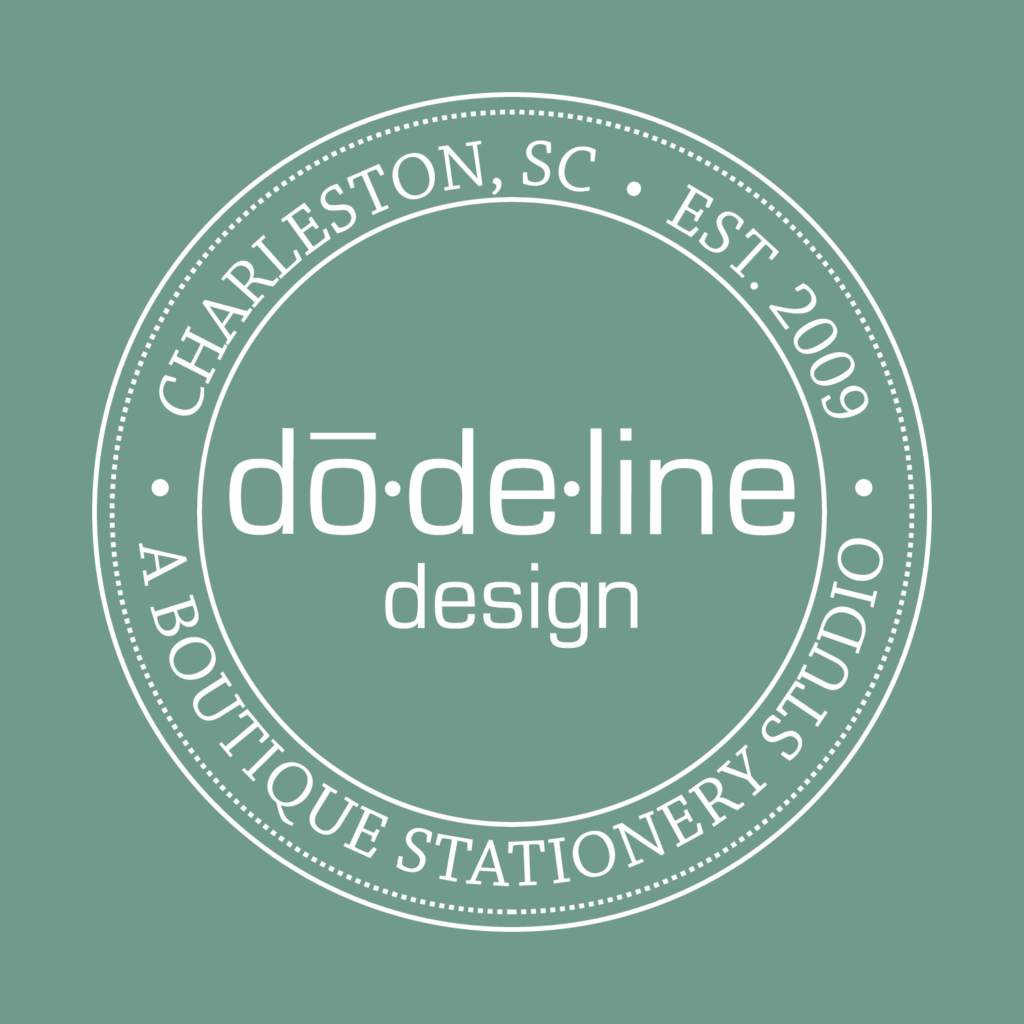
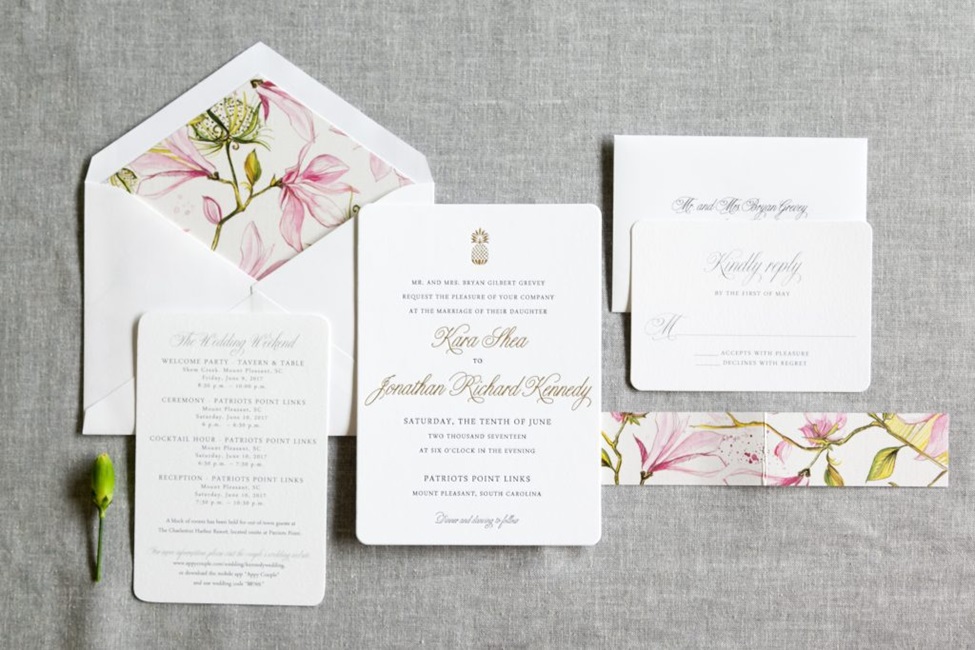
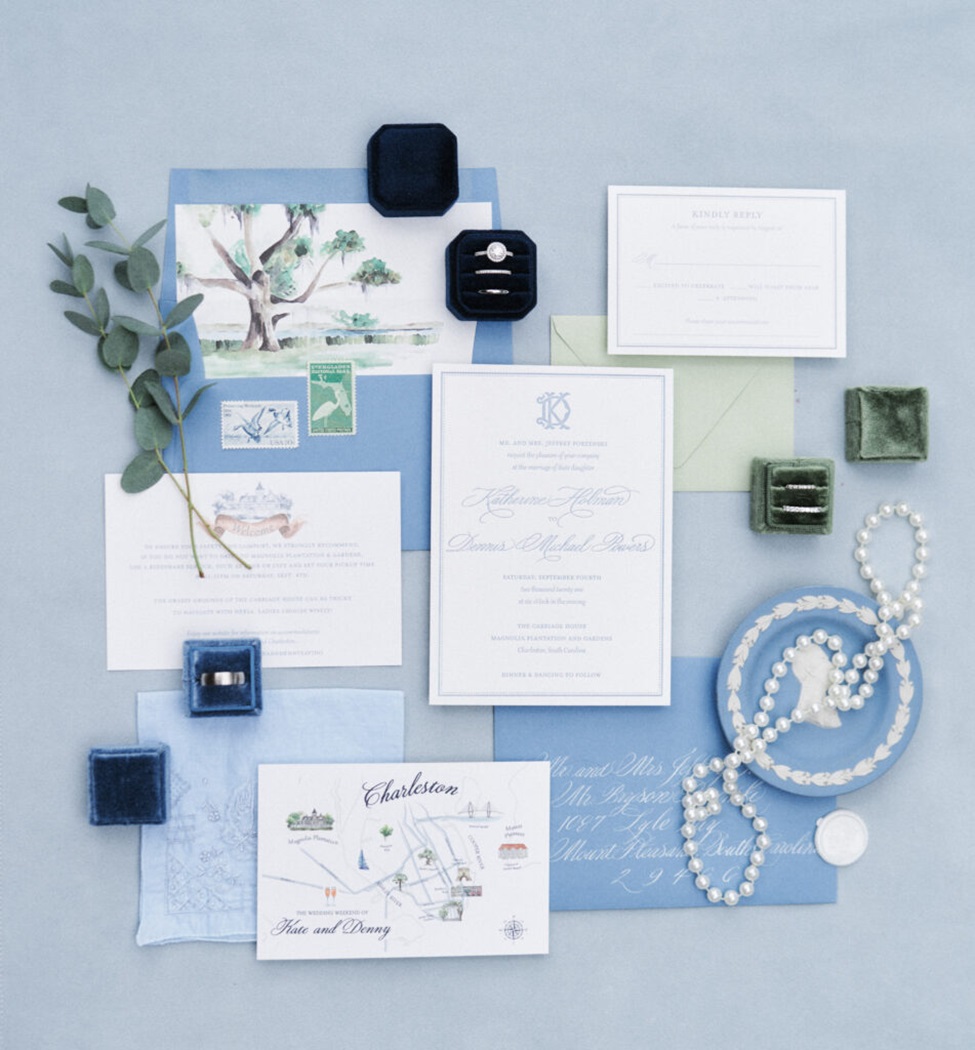
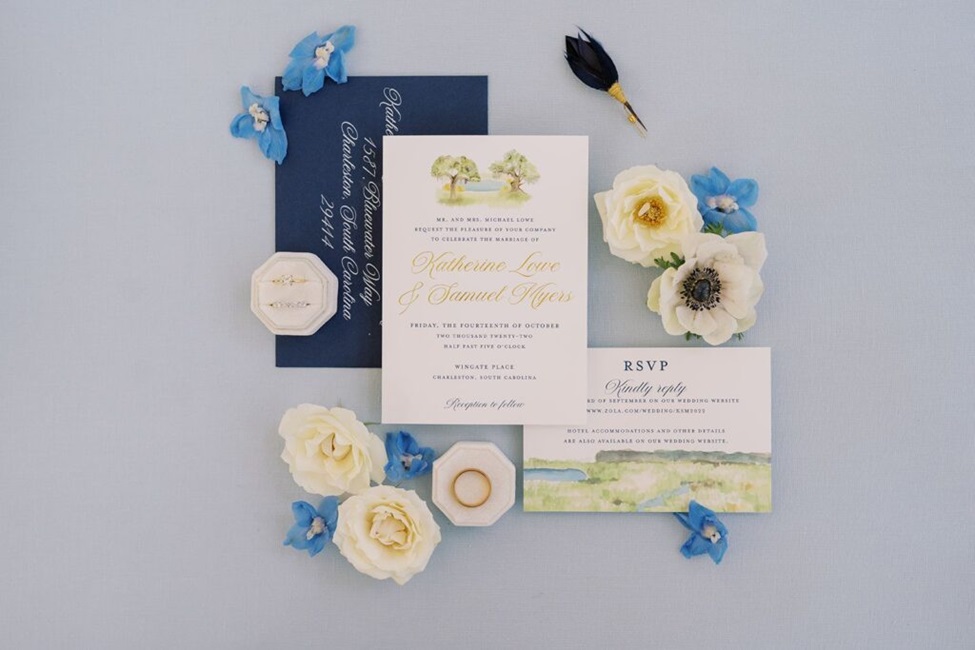
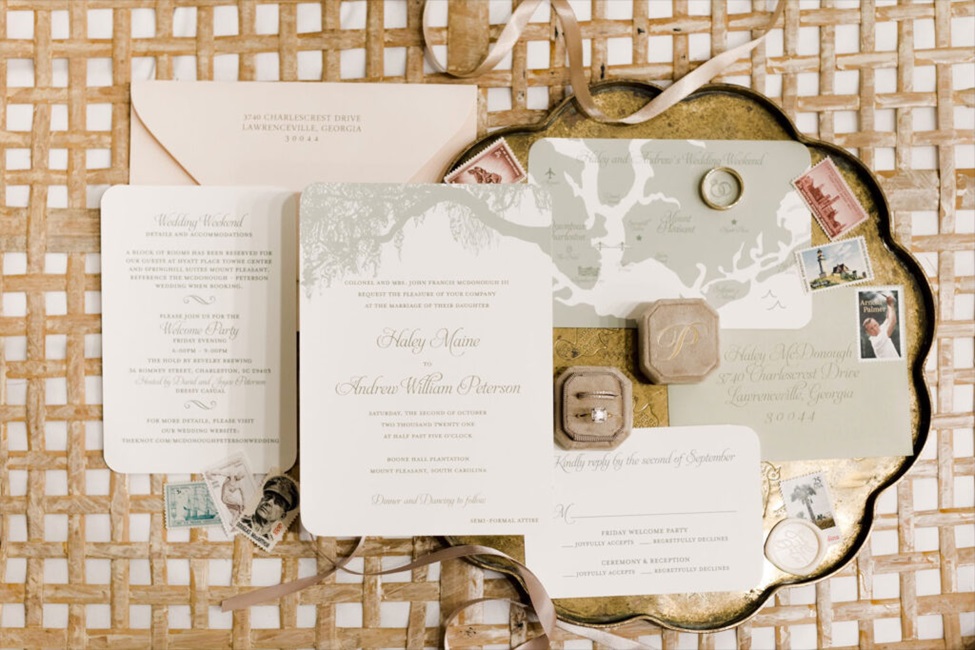
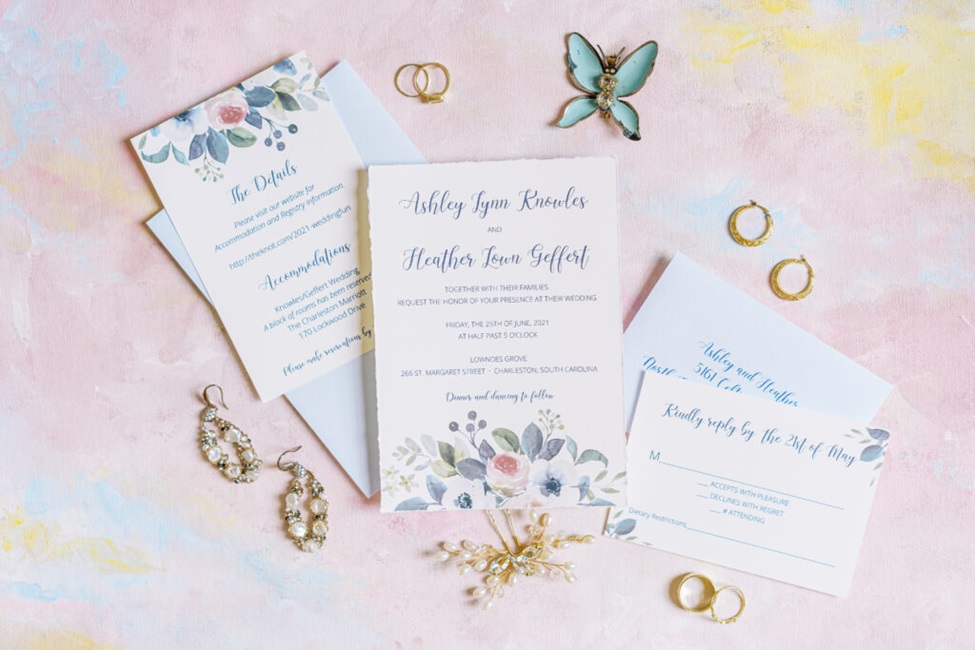
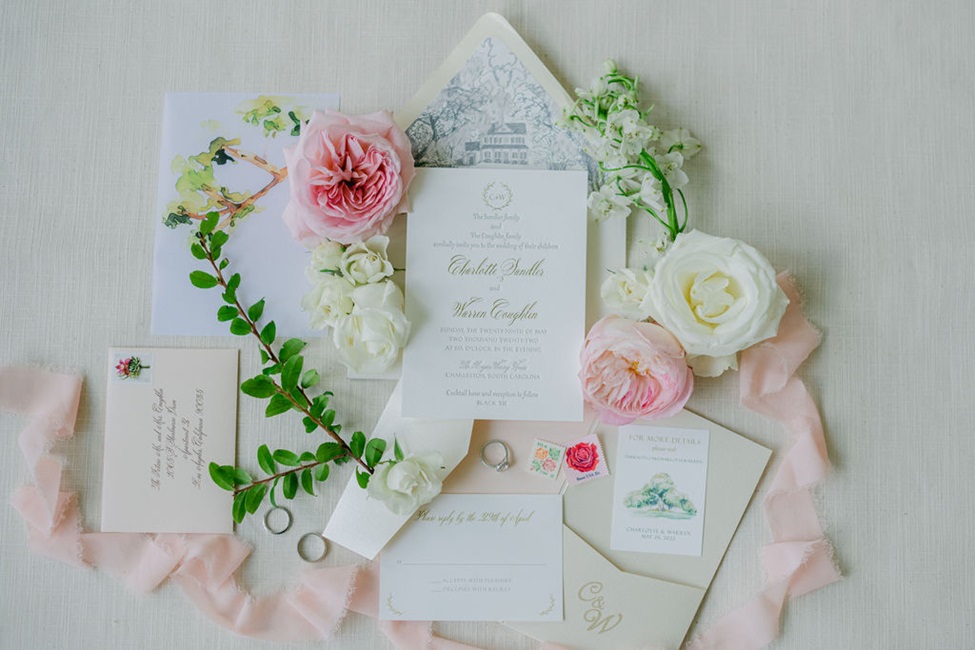
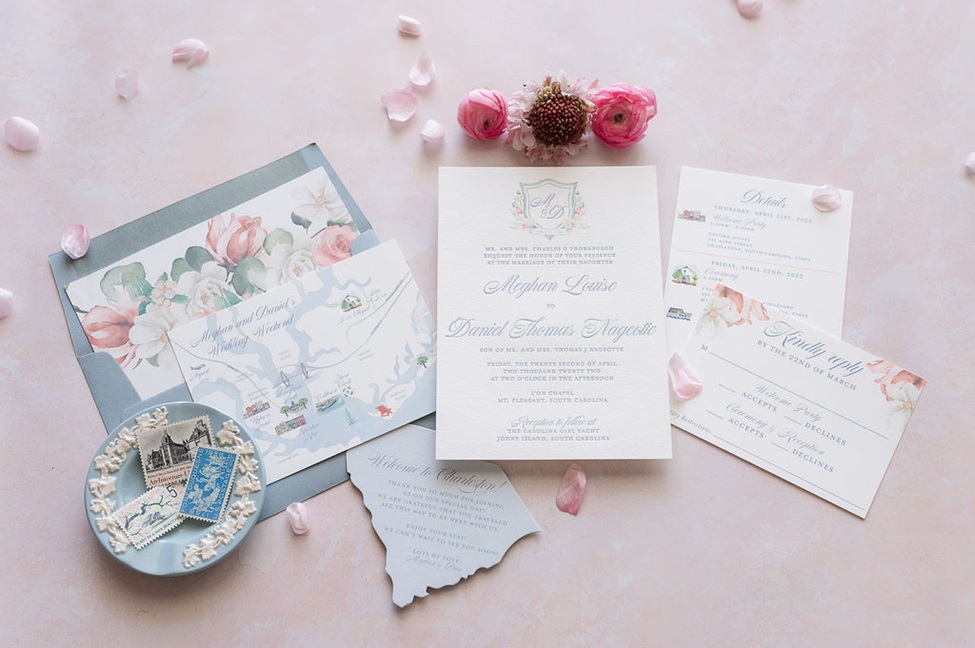
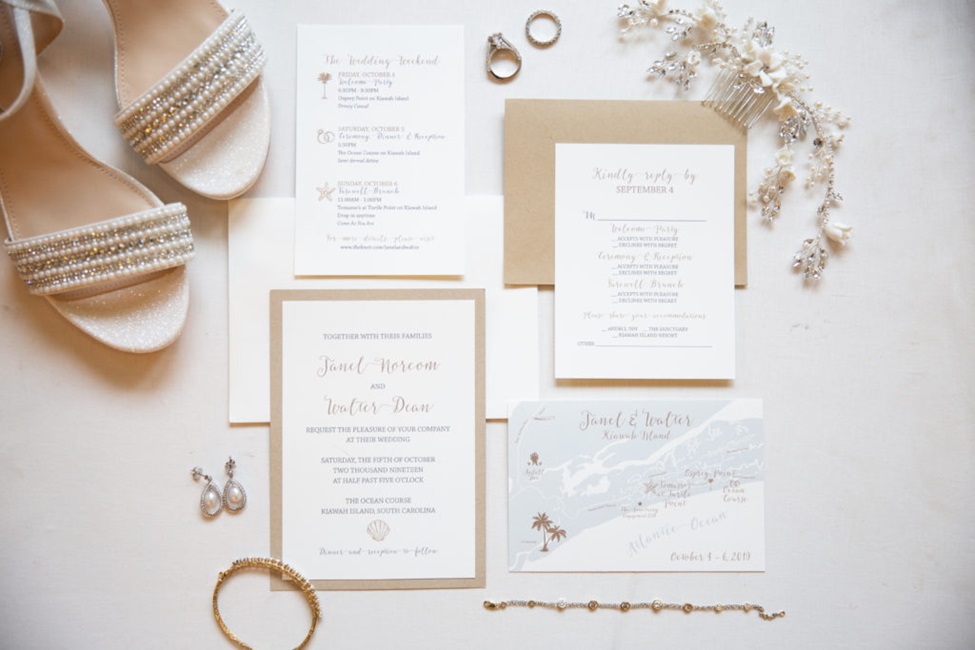
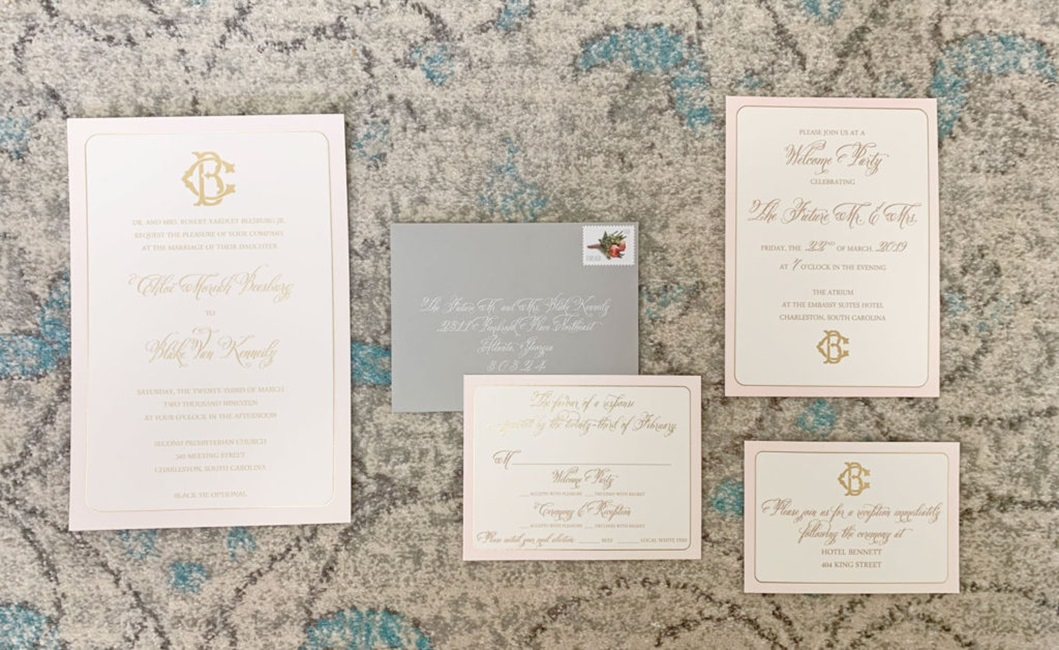

Leave a Reply